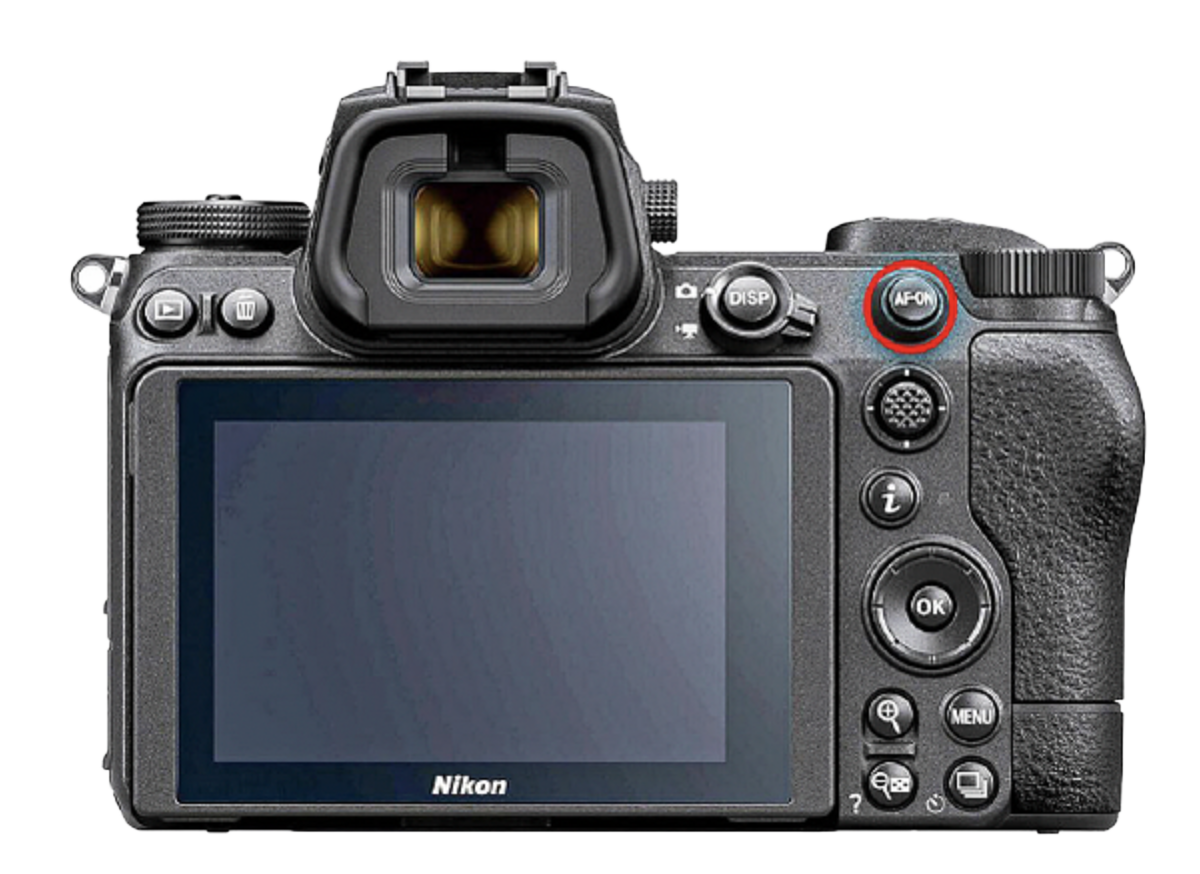Back Button Focus
Almost all modern DSLR and mirrorless cameras have many buttons, and many of these can be customized. Usually, I keep the default button settings (see my post on camera settings I always change). But I have changed one button setting that really changed how I shoot photos.
That change is to set back button focus.
What Is Back-Button Focus?
With most DSLR and mirrorless cameras, autofocus works by pressing the shutter button halfway to focus, then pressing it fully to take the photo. Back button focus (BBF) moves the focus control to a button on the back of the camera instead.
This separates focusing from taking the shot, which can reduce focusing mistakes and make shooting easier.
It Allows You to Easily Lock Focus
The biggest advantage for me is this: with the traditional shutter button, you must hold it halfway down to keep focus. For example, if you focus using the center point and want to reframe the shot following the 'rule of thirds,' you have to keep pressing the button halfway without taking the photo.
With BBF, you just press the focus button once, and the focus stays locked even after you release it, so you don’t have to keep holding the button.
It Helps Prevent Focus Errors
With traditional autofocus, the camera may focus on a moving object in the foreground instead of your initial subject. With back button focus, the focus stays fixed until you press the back button again.
It Allows You To Easily Swap Between Continuous And Single Autofocus
With back-button autofocusing, holding the button down turns on the continuous autofocus. And when you don’t need continuous focus, tapping the button once locks the focus in on still subjects. That means sports photographers can shoot the game and the sidelines without taking their eye off the viewfinder to adjust the focus mode.
It Makes It Easy To Switch To Manual Focus
With many lenses, you don’t have to flip a switch to change to manual focus if you’re using back button focus. BBF locks the autofocus when you release the button, but you can then ‘tweak’ the focus with the manual focus ring.
I use this quite often in macro photography.
How Do I Set Back Button Focus?
Naturally, setting up BBF varies from camera to camera. While the camera manual (if you actually got one with your camera) will explain the process, many photographers find it advantageous to look on YouTube for instructional videos on the process.
Additionally, a company called CreativeLive has created a series of short video courses, specific to each camera model. They call them Fast Starts, and whatever camera model you have, there is a good chance that CreativeLive has created a course for it.
For those who would like a general description, CreativeLive’s Justin Katz offered explanations for Nikon and Canon cameras in a recent article. My thanks to Justin and CreativeLive for allowing me to reprint their instructions here:
Setting Up a Nikon
Since the back button focusing method isn’t the traditional way of shooting, there are a few steps to telling your camera that you don’t want to focus on the shutter release. On a Nikon, first you need to set the focus mode to continuous, or AF-C. That allows the back button to focus continually when held down, and just once when pressed just once. (Most Nikon DSLRs have a button on the auto-to-manual focus switch towards the front left — hold this button and use the back control wheel to select AF-C).
Next, you need to tell the camera which button you want to use for focusing. On highend Nikon DSLRs and the new Z series mirrorless cameras, there is a dedicated AF-ON button. If that is not available, the AE AF Lock can also be used for BBF.
To set the control, go to the menu, then Custom Settings then Controls. Set the control for the AF-ON or AE AF Lock to AF-ON.
Then, go back to the custom settings menu and select the autofocus submenu.
Under AF C Priority Selection, select ‘Choose Release.’ This lets you take photos even if your autofocus point isn’t on the subject, such as when you lock the focus then recompose.
One last step — still inside the autofocus menu under custom settings, go to AF Activation and select AF-On only.
Back Button Focus
The Back Button Focus button on a Nikon Mirrorless camera
Setting Up a Canon
Canon was actually the first to introduce the back button option in 1989, and that feature is available on all but the original digital EOS Rebel. To set up BBFon a Canon DSLR, locate the Custom Controls or C.Fn option in the menu (the wording varies depending on what model you are using), then select the shutter button/AF-On option. Under this menu, two options will set up BBF.
The Metering Start/ Meter + AF Start option turns on BBF and will continuously adjust the metering on programmed auto, shutter priority, and aperture priority modes.
The AE Lock / Metering + AF Lock will lock the exposure in the first frame, while still using the back button focusing method.
Conclusion
It takes a little practice to get used to the process of using your thumb to focus and forefinger to shoot. But once you develop the muscle memory, you’ll probably never want to go back to traditional ‘half press’ focusing again.
I know I’m convinced.
Subscribe if you would like to receive an email notification when new blog content or significant website changes are posted.

